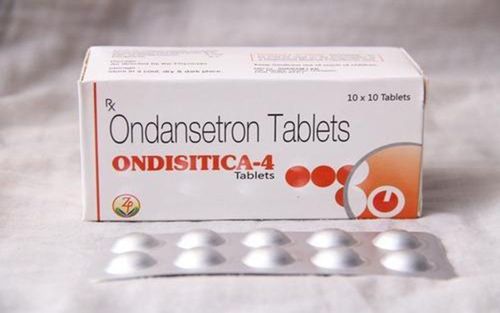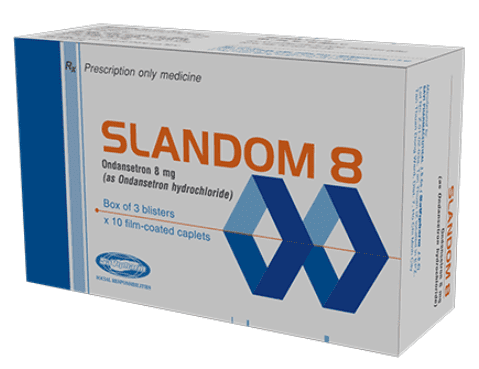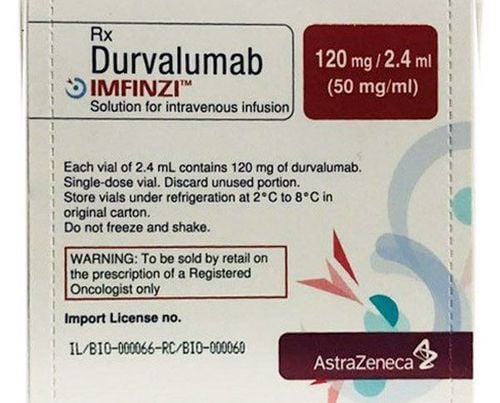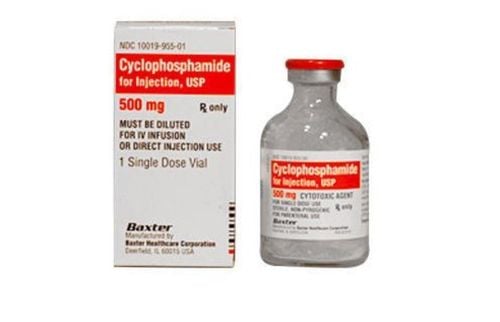This is an automatically translated article.
Every year in Vietnam, thousands of women are diagnosed with breast cancer. Detecting early breast cancer, specifically stage 0 breast cancer and stage 1 breast cancer, early breast cancer treatment intervention will bring good results for patients. So do you know the symptoms and treatment methods for stage 0 & 1 breast cancer? The article below will give you an overview of stage 0 & 1 breast cancer.
1. How is breast cancer stage determined?
Breast cancer is a common disease in women, it is also considered a silent killer for women. Therefore, early detection of breast cancer plays a very important role in the treatment process. Breast cancer staging helps doctors determine how much cancer there is and where it is located. The higher the stage number of breast cancer, the more advanced the disease.
Breast cancer staging is important because it provides cancer care teams - including breast surgeons, oncologists, pathologists, radiologists and many others - a most accurate way to get an overview of a patient's disease. This makes it easier for them to understand the diagnoses and collaborate on a treatment plan.
* Determine the true stage of breast cancer
All diagnostic tests and scans up to this point are very important to help your doctor understand your disease. But the exact stage of the cancer can't be determined until surgery occurs - which is sometimes called surgical or pathological staging.
Breast surgery is often the first step in Stage 0-2 and sometimes Stage 3 breast cancer. Surgery allows your surgeon to see what is happening inside your body. It also allows them to remove cancerous tissue - this is an important step in preventing cancer from spreading and determining the next steps for your treatment.
If surgery cannot be performed immediately or at all, an alternative clinical stage is given based on the results of imaging tests, biopsy pathology results, and physical examination.
2. Breast cancer stage 0
2.1 What is stage 0 breast cancer? The cancer stage indicates the tumor size of the abnormal cells and whether the cells are contained to where they came from. The most common type of breast cancer is ductal carcinoma in situ (DCIS) or non-invasive or pre-invasive breast cancer, which indicates cancer cell growth that begins in the milk ducts.
Stage 0 cancer is called “carcinoma in situ”. Carcinoma means cancer and "in situ" means "at the original site". The three types of “carcinoma in situ” of breast tissue are:
DCIS - Tubular carcinoma in situ LCIS - Lobular carcinoma in situ Paget's disease of the nipple * Ductal carcinoma in situ What is stage 0 in situ?
Stage 0 breast cancer, ductal carcinoma in situ (DCIS) is a non-invasive cancer where abnormal cells are found in the lining of the breast milk ducts. In Stage 0 breast cancer, the atypical cells have not spread beyond the ducts or lobules into the surrounding breast tissue. Carcinoma in situ is a very early cancer that is highly treatable, but if left untreated or undetected, it can spread to surrounding breast tissue.
* What is stage 0 lobular carcinoma in situ?
Lobular carcinoma in situ in Stage 0 is not usually considered cancer. Despite its name, carcinoma, its essence is the growth of abnormal but non-invasive cells that form in the lobules. Some experts prefer the name lobular cancer because it correctly refers to the abnormal cells without calling them cancer. However, lobular carcinoma in situ may indicate a woman has a higher risk of developing breast cancer.
If you have been diagnosed with LCIS, your doctor may recommend regular clinical breast exams and mammograms. They may also prescribe Tamoxifen, a hormone therapy drug that helps stop cancer cells from growing.
2.2 What are the treatment options for Stage 0 breast cancer? Surgery - Breast surgery is usually the first step at Stage 0. Depending on the size of the tumor, how fast the cancer is growing, and your personal preferences, there are two types of surgery options:
Resection: Tumor removal: is a targeted surgery to remove the tumor or tumor in question and a small amount of normal tissue around it. This is often referred to as breast-conserving surgery (BCS). In the United States, most women with Stage 0 breast cancer undergo a lumpectomy, followed by radiation therapy. Mastectomy: If the cancer has spread throughout the ducts and affects a large part of the breast, doctors may recommend a mastectomy. With this surgery, the entire breast is removed and possibly some lymph nodes. Radiation therapy: If BCS is done, radiation is almost always recommended after surgery. The goal of radiation is to remove any remaining cancer cells in your breast and prevent them from coming back. Hormone therapy - If your cancer is hormone receptor-positive for estrogen or progesterone, your doctor may recommend hormone therapy to help prevent the cancer from coming back. 2.3. Duration of Stage 0 Breast Cancer Treatment Duration may vary slightly depending on the type of surgery you have. A lumpectomy is usually done within about the first month of being diagnosed, while a mastectomy can take a little longer to schedule surgery.
If radiation therapy to the whole breast (most common type) is needed after surgery, treatment can be extended by about four to six weeks. If hormone therapy is also recommended, you may be able to take it for several years.
In addition, your doctor may recommend more frequent breast cancer screenings in the future. A personal history of breast cancer means you have higher risk factors for breast cancer in the future.
3. Breast cancer stage 1
3.1 What is stage 1 breast cancer? In Stage 1 breast cancer, the cancers are more obvious but are still relatively small and they have not spread to the lymph nodes or have only slightly spread in the peripheral lymph nodes where the cancer is located. most likely to spread first, but it only covers the area where abnormal cell growth first begins. Breast cancer has been detected at an early stage and can be treated very effectively.
Stage 1 can be divided into Stage 1A and Stage 1B. The difference is determined by the size of the tumor and the lymph nodes with evidence of cancer:
Breast cancer stage 1A - Breast cancer stage 1A means the tumor is not larger than 2 cm and cancer has not spread beyond the breast or to the lymph nodes. Stage 1B Breast Cancer - Stage 1B breast cancer means that there are small groups of cancer cells (between 0.2 and 2 mm) in the lymph nodes. There may or may not be a tumor smaller than 2 cm in the breast. Similar to stage 0, breast cancer at this stage is very treatable and survivable. When breast cancer is found early and at a localized stage (no signs the cancer has spread outside the breast), the relative 5-year survival rate is 100%.
3.2 What are the treatment options for Stage 1 breast cancer? Surgery - As at Stage 0, lumpectomy and mastectomy are both options at this stage: Tumor removal - This type of breast-conserving surgery is a viable option when Cancer cells are confined to one area of the breast. Mastectomy - A mastectomy (one or both breasts) may be recommended if cancer is found throughout the breast. Radiation Therapy - Similar to Stage 0, radiation will likely be recommended after breast-conserving surgery. Depending on your type of cancer, radiation therapy may be recommended after a mastectomy, but it's not less likely to happen at this stage. The goal of radiation is to destroy any remaining cancer cells in the chest or lymph nodes to prevent them from spreading or coming back. Chemotherapy - Depending on many factors such as how large the tumor is, how fast the cancer is growing, and your age, chemotherapy may be recommended after surgery to help kill cancer cells throughout the body your body. Targeted Therapies - Depending on specific features of the cancer such as HER2 status and tumor size, targeted drug therapies may also be recommended for control and management. treat your cancer. Hormone Therapy - As with Stage 0, if your cancer is hormone receptor positive, hormone therapy may be recommended after surgery and other treatments. At this stage, this therapy can help slow or stop the growth of cancer cells, and reduce the risk of the cancer coming back. 3.3. What is the duration of Stage 1 breast cancer treatment? The length of time will vary depending on the type of surgery you have and what additional therapy is recommended in your treatment plan. In general, treatment for Stage 1 breast cancer lasts from one to six months. Again, if hormone therapy is also recommended, you can take it for several years to prevent the cancer from coming back.
Please dial HOTLINE for more information or register for an appointment HERE. Download MyVinmec app to make appointments faster and to manage your bookings easily.
References: nationalbreastcancer.org, iraniansurgery.com, healthline.com













